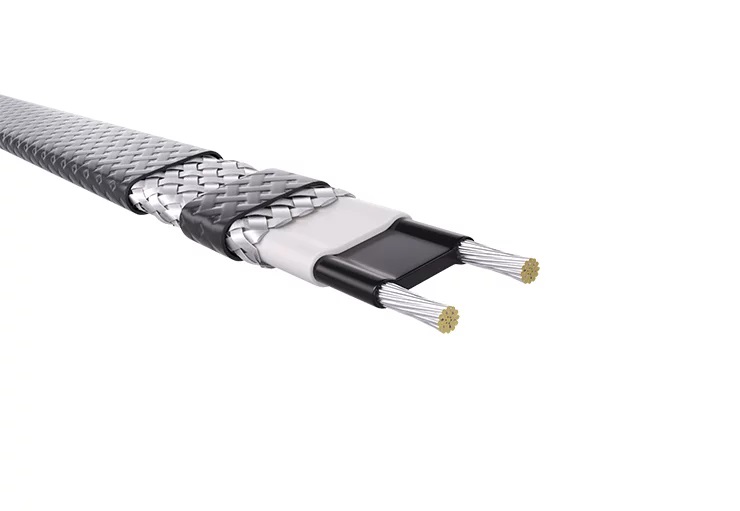

- Home
-
Products
- Heating Cables/Heat-tracing Cables
- Underfloor Heating Cable
- Self Regulating Heating Cable
- Constant Wattage Heating Cable
- Outdoor Snow Melt Cable
- Tubing Bundle
- Heat Tracing Accessories
- Application
- Projects
- About
- Support
- Contact Us








